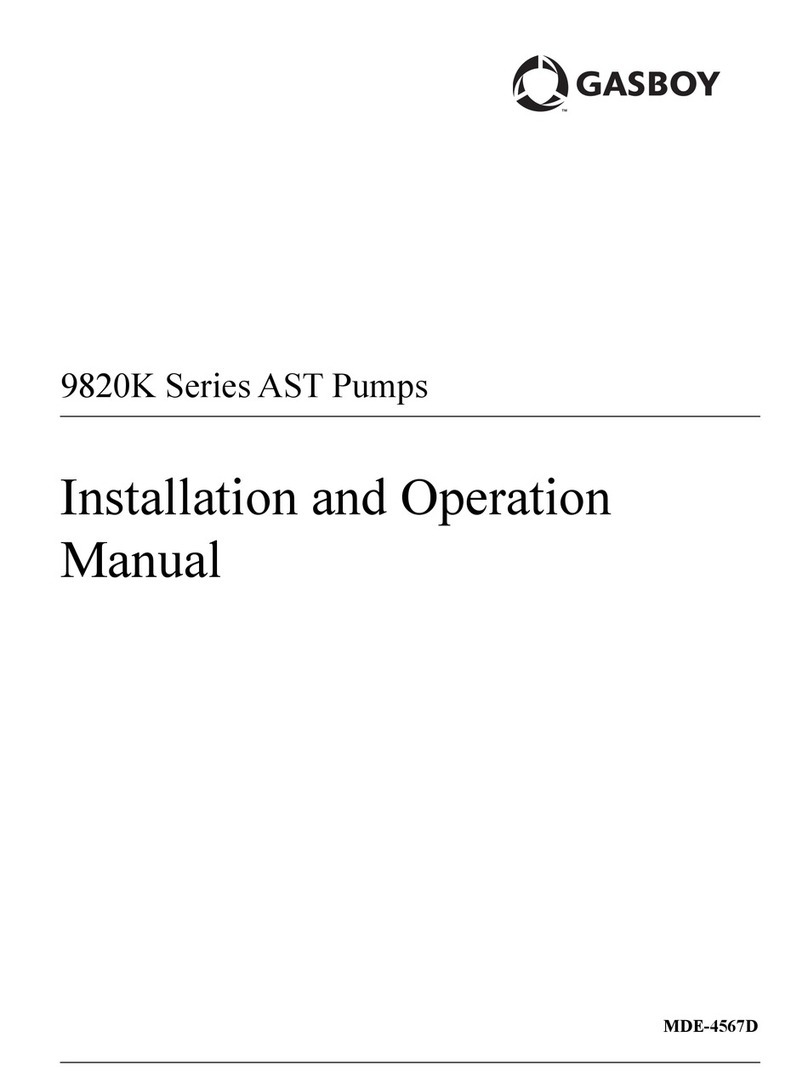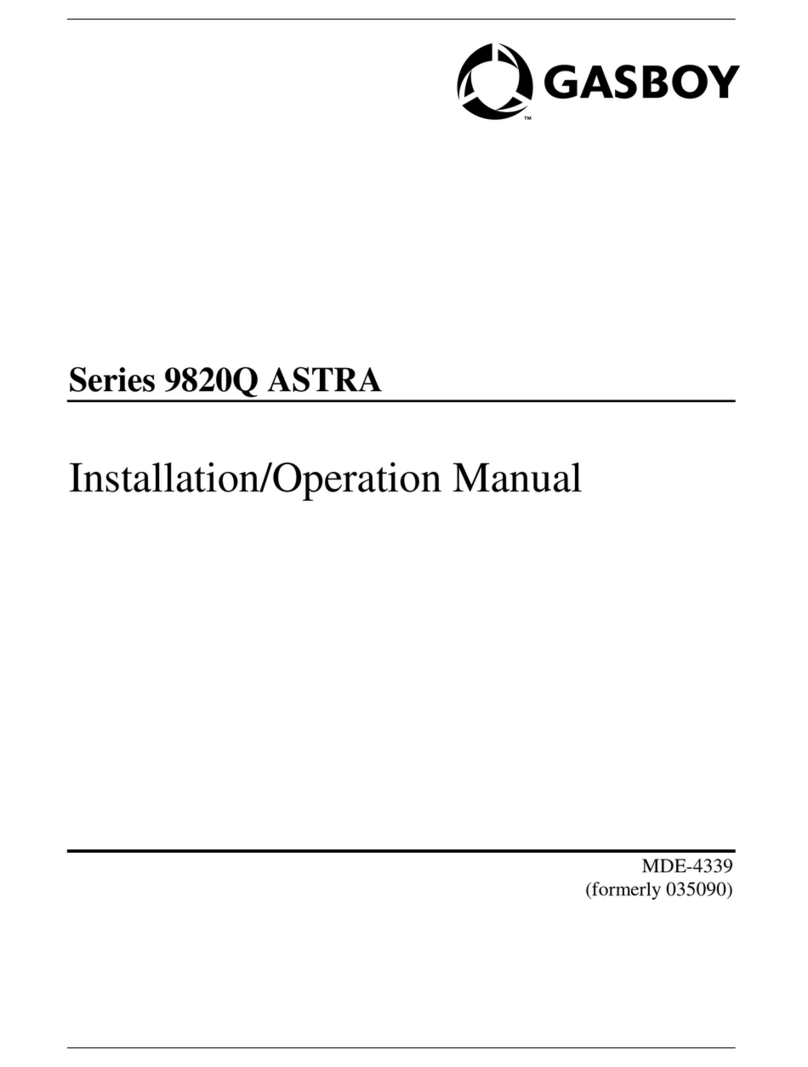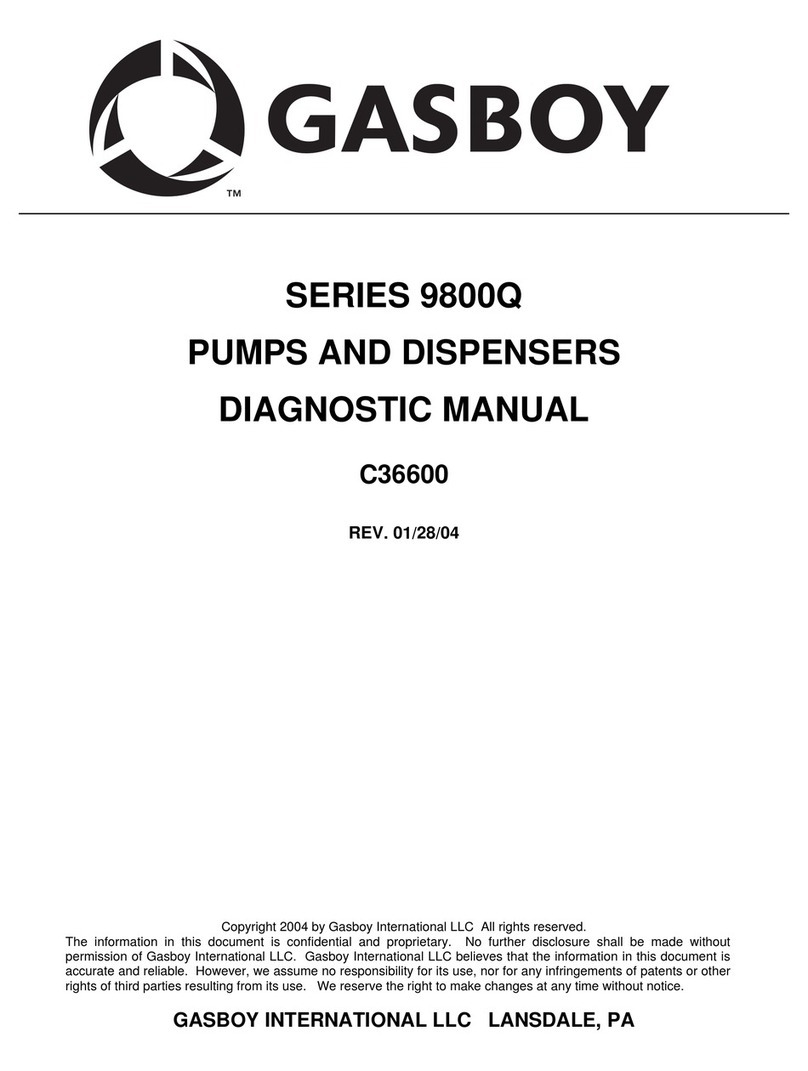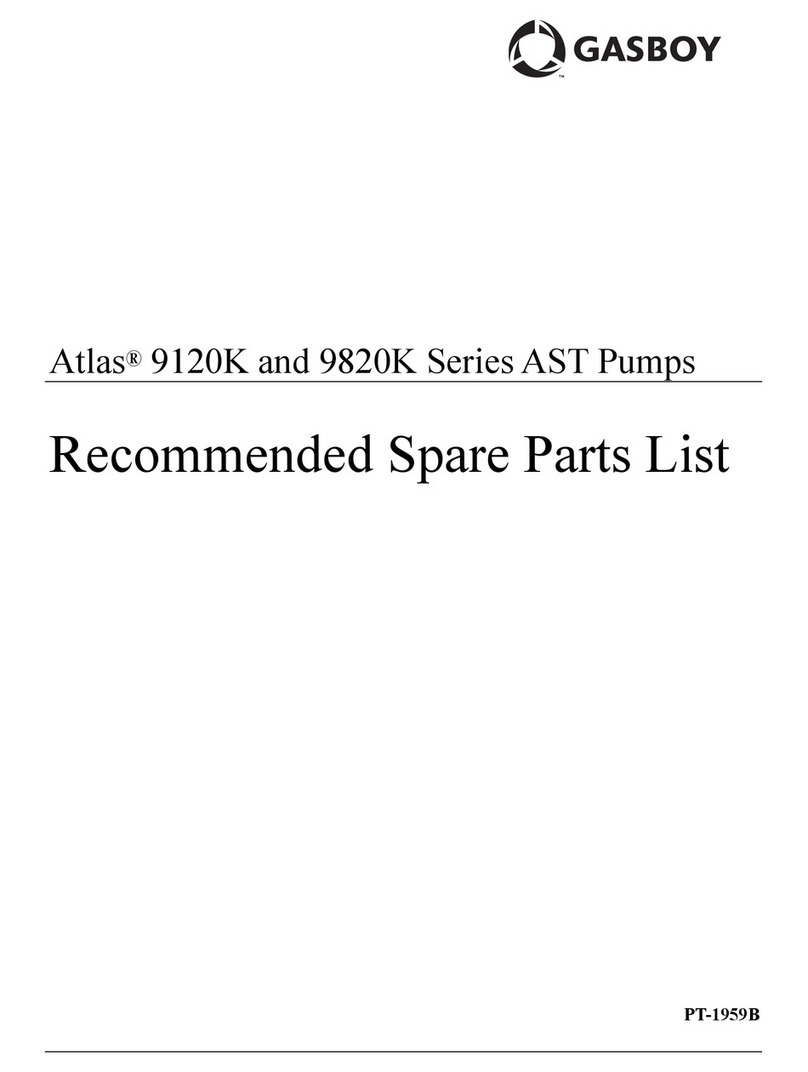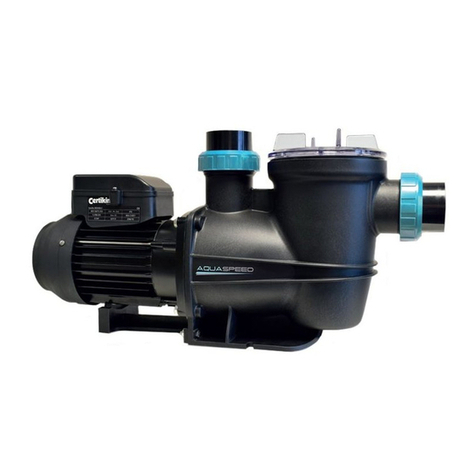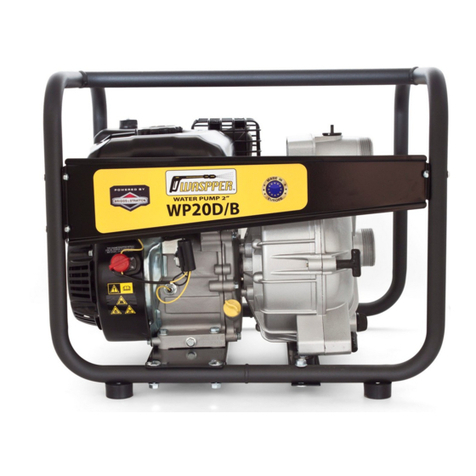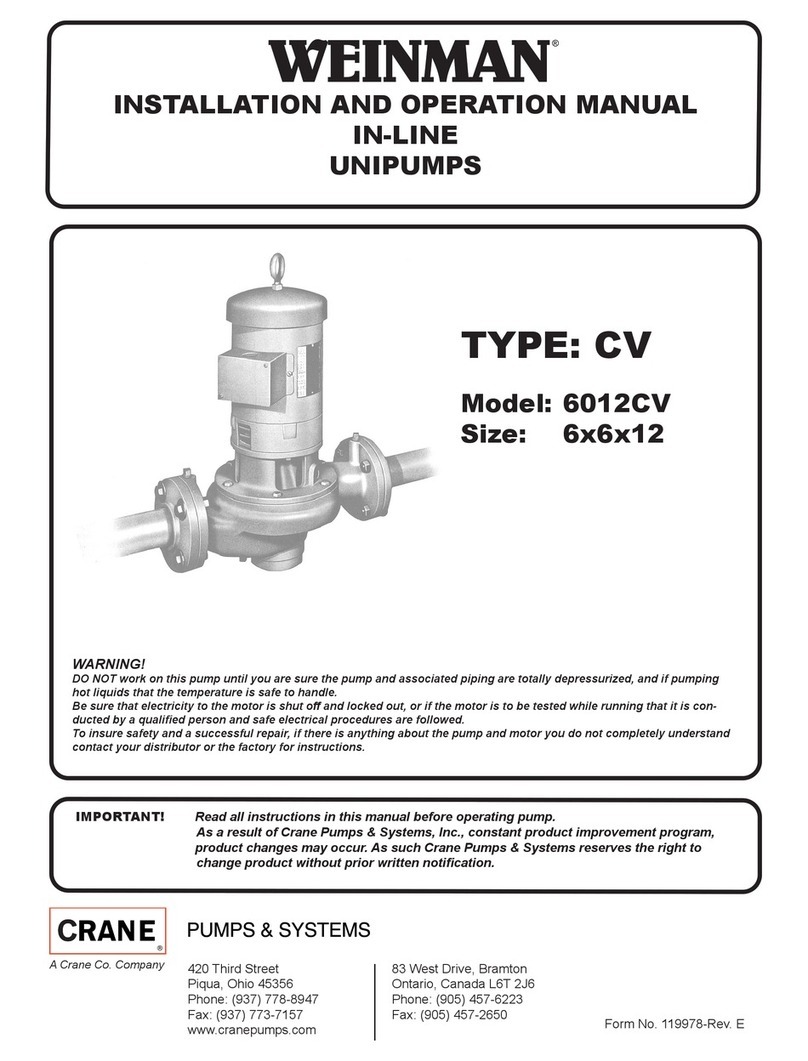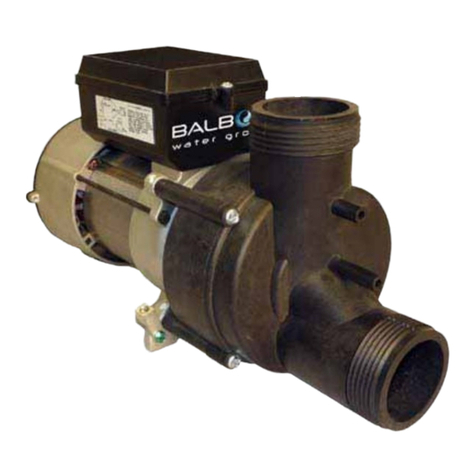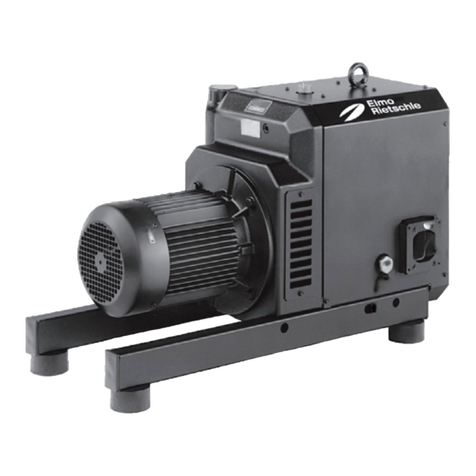Gasboy 2020 User manual

MDE-4450A Model 2020 Hand Pump Assembly and Operating Instructions with Safety Information · October 2008 Page 1
Introduction
Purpose This document provides assembly and operating instructions along with safety information for
the Model 2020 Hand Pump.
Table of Contents
Topic Page
Introduction 1
Important Safety Information 2
Additional Safety Information 4
Assembly and Installation of Model 2020 Hand Pump 5
Related Documents
Document Number Title GOLD Library
MDE-4457 Model 2020 Hand Pump Technical Data Sheet and Chemical
compatibility Consumer Pumps
Warranty For information on warranty, refer to MDE-4255 Gasboy’s Warranty Policy Statement. If you
have any warranty-related questions, contact Gasboy’s Warranty Department at its Greensboro
location.
MDE-4450A
Model 2020 Hand Pump Assembly and
Operating Instructions with Safety Information
October 2008

Important Safety Information
Page 2 MDE-4450A Model 2020 Hand Pump Assembly and Operating Instructions with Safety Information · October 2008
Important Safety Information
This section introduces the hazards and safety precautions
associated with installing, inspecting, maintaining or servicing
this product. Before performing any task on this product, read
this safety information and the applicable sections in this
manual, where additional hazards and safety precautions for
your task will be found. Fire, explosion, electrical shock or
pressure release could occur and cause death or serious
injury, if these safe service procedures are not followed.
Preliminary Precautions
You are working in a potentially dangerous environment of
flammable fuels, vapors, and high voltage or pressures. Only
trained or authorized individuals knowledgeable in the related
procedures should install, inspect, maintain or service this
equipment.
Emergency Total Electrical Shut-Off
The first and most important information you must know is
how to stop all fuel flow to the pump/dispenser and island.
Locate the switch or circuit breakers that shut off all power to
all fueling equipment, dispensing devices, and Submerged
Turbine Pumps (STPs).
Total Electrical Shut-Off Before Access
Any procedure that requires access to electrical components
or the electronics of the dispenser requires total electrical
shut off of that unit. Understand the function and location of
this switch or circuit breaker before inspecting, installing,
maintaining, or servicing Gasboy equipment.
Evacuating, Barricading and Shutting Off
Any procedure that requires access to the pump/dispenser or
STPs requires the following actions:
• An evacuation of all unauthorized persons and vehicles
from the work area
• Use of safety tape, cones or barricades at the affected
unit (s)
• A total electrical shut-off of the affected unit (s)
Read the Manual
Read, understand and follow this manual and any other
labels or related materials supplied with this equipment. If you
do not understand a procedure, call a Gasboy Authorized
Service Contractor or call the Gasboy Service Center at 1-
800-444-5529. It is imperative to your safety and the safety of
others to understand the procedures before beginning work.
Follow the Regulations
Applicable information is available in National Fire Protection
Association (NFPA) 30A; Code for Motor Fuel Dispensing
Facilities and Repair Garages, NFPA 70; National Electrical
Code (NEC), Occupational Safety and Hazard Association
(OSHA) regulations and federal, state, and local codes. All
these regulations must be followed. Failure to install, inspect,
maintain or service this equipment in accordance with these
codes, regulations and standards may lead to legal citations
with penalties or affect the safe use and operation of the
equipment.
Replacement Parts
Use only genuine Gasboy replacement parts and retrofit kits
on your pump/dispenser. Using parts other than genuine
Gasboy replacement parts could create a safety hazard and
violate local regulations.
Safety Symbols and Warning Words
This section provides important information about warning
symbols and boxes.
Alert Symbol
This safety alert symbol is used in this manual and
on warning labels to alert you to a precaution which must be
followed to prevent potential personal safety hazards. Obey
safety directives that follow this symbol to avoid possible
injury or death.
Signal Words
These signal words used in this manual and on warning
labels tell you the seriousness of particular safety hazards.
The precautions below must be followed to prevent death,
injury or damage to the equipment:
DANGER:Alerts you to a hazard or unsafe practice
which will result in death or serious injury.
WARNING: Alerts you to a hazard or unsafe practice
that could result in death or serious injury.
CAUTION with Alert symbol: Designates a hazard or
unsafe practice which may result in minor injury.
CAUTION without Alert symbol: Designates a hazard
or unsafe practice which may result in property or
equipment damage.
Working With Fuels and Electrical Energy
Prevent Explosions and Fires
Fuels and their vapors will explode or burn, if ignited. Spilled
or leaking fuels cause vapors. Even filling customer tanks will
cause potentially dangerous vapors in the vicinity of the
dispenser or island.
The EMERGENCY STOP, ALL STOP, and
PUMP STOP buttons at the cashier’s station
WILL NOT shut off electrical power to the pump/
dispenser. This means that even if you activate
these stops, fuel may continue to flow
uncontrolled.
You must use the TOTAL ELECTRICAL SHUT-
OFF in the case of an emergency and not the
console’s ALL STOP and PUMP STOP or
similar keys.
!
WARNING
!
!
!
!

MDE-4450A Model 2020 Hand Pump Assembly and Operating Instructions with Safety Information · October 2008 Page 3
Important Safety Information
No Open Fire
Open flames from matches, lighters, welding
torches or other sources can ignite fuels and their vapors.
No Sparks - No Smoking
Sparks from starting vehicles, starting or using power tools,
burning cigarettes, cigars or pipes can also ignite fuels and
their vapors. Static electricity, including an electrostatic
charge on your body, can cause a spark sufficient to ignite
fuel vapors. Every time you get out of a vehicle, touch the
metal of your vehicle, to discharge any electrostatic charge
before you approach the dispenser island.
Working Alone
It is highly recommended that someone who is capable of
rendering first aid be present during servicing. Familiarize
yourself with Cardiopulmonary Resuscitation (CPR) methods,
if you work with or around high voltages. This information is
available from the American Red Cross. Always advise the
station personnel about where you will be working, and
caution them not to activate power while you are working on
the equipment. Use the OSHA Lockout/ Tagout procedures. If
you are not familiar with this requirement, refer to this
information in the service manual and OSHA documentation.
Working With Electricity Safely
Ensure that you use safe and established practices in
working with electrical devices. Poorly wired devices may
cause a fire, explosion or electrical shock. Ensure that
grounding connections are properly made. Take care that
sealing devices and compounds are in place. Ensure that you
do not pinch wires when replacing covers. Follow OSHA
Lockout/Tagout requirements. Station employees and service
contractors need to understand and comply with this program
completely to ensure safety while the equipment is down.
Hazardous Materials
Some materials present inside electronic enclosures may
present a health hazard if not handled correctly. Ensure that
you clean hands after handling equipment. Do not place any
equipment in the mouth.
In an Emergency
Inform Emergency Personnel
Compile the following information and inform emergency
personnel:
• Location of accident (for example, address, front/back of
building, and so on)
• Nature of accident (for example, possible heart attack, run
over by car, burns, and so on)
• Age of victim (for example, baby, teenager, middle-age,
elderly)
• Whether or not victim has received first aid (for example,
stopped bleeding by pressure, and so on)
• Whether or not a victim has vomited (for example, if
swallowed or inhaled something, and so on)
IMPORTANT: Oxygen may be needed at scene if gasoline
has been ingested or inhaled. Seek medical advice
immediately.
Lockout/Tagout
Lockout/Tagout covers servicing and maintenance of
machines and equipment in which the unexpected
energization or start-up of the machine(s) or equipment or
release of stored energy could cause injury to employees or
personnel. Lockout/Tagout applies to all mechanical,
hydraulic, chemical or other energy, but does not cover
electrical hazards. Subpart S of 29 CFR Part 1910 - Electrical
Hazards, 29 CFR Part 1910.333 contains specific Lockout/
Tagout provision for electrical hazards.
The pump/dispenser contains a chemical known to the
State of California to cause cancer.
WARNING
!
The pump/dispenser contains a chemical known to the
State of California to cause birth defects or other
reproductive harm.
WARNING
!
Gasoline ingested may cause unconsciousness
and burns to internal organs.
Do not induce vomiting.
Keep airway open.
Oxygen may be needed at scene.
Seek medical advice immediately.
WARNING
!
Gasoline inhaled may cause unconsciousness
and burns to lips, mouth and lungs.
Keep airway open.
Seek medical advice immediately.
WARNING
!
Gasoline spilled in eyes may cause burns to eye
tissue.
Irrigate eyes with water for approximately 15
minutes.
Seek medical advice immediately.
!
WARNING
!
Gasoline spilled on skin may cause burns.
Wash area thoroughly with clear water.
Seek medical advice immediately.
WARNING
!

Important Safety Information
Page 4 MDE-4450A Model 2020 Hand Pump Assembly and Operating Instructions with Safety Information · October 2008
Additional Safety Information
•DO NOT use Teflon tape for any pipe threads in the product.
•DO NOT use consumer pumps for pumping fuel or additives into the aircraft.
•DO NOT use commercial pumps for direct fueling of the aircraft without filters and
separators necessary to ensure product purity.
•DO NOT use where sanitary design is required (for food products for human
consumption) or with water-based liquids.
•DO NOT permit the dispensing of gasoline or other petroleum products into a vehicle
with its motor running.
•DO NOT permit the dispensing of gasoline or other petroleum products into unapproved
containers or into approved containers in or on vehicles including trucks. All containers
must be filled on the ground to prevent static discharge. Always use Approved and Listed
hoses and nozzles with electric pumps and dispensers.
•DO NOT block open the nozzle in any manner. Nozzles shall confirm to UL®and NFPA
code requirements for attended or unattended service.
•DO ensure that the pump is equipped with proper filters based on the product being
dispensed and its intended use.
•DO wear safety goggles and protective clothes when dispensing any liquid which may be
potentially harmful or hazardous.
•DO keep all the parts of the body and loose clothing clear of belts, pulleys, and other
exposed moving parts at all times.
•DO require washing and changing of clothes if fuel is spilled on people or their clothing.
•DO provide a receptacle for catching product from pump/meter when servicing.
•DO clean up product spills on the driveway. Turn off and lock out all power prior to
cleanup.
•DO ensure that the pump is properly grounded.
•DO ensure that the hose is compatible with the fluid being dispensed.
•DO inspect the hose, nozzle, and pump on a regular basis for wear, damage, or other
conditions which may create a safety or environmental hazard.
•DO ensure that all pipe threads are properly cut and the inside reamed to remove burrs.
Use UL classified gasoline-resisting compound on all joints of gasoline handling piping.
Sealing compound must also be resistant to Gasohol (Ethanol and Methanol). Use
gasoline-resistant pipe compound on male threads only; pipe compound used on female
threads can be squeezed into the supply line where it can enter the product stream and
become lodged in the pump or meter.
•DO ensure that the junction box covers are in place and properly tightened. Mating
surfaces between the box and cover must be free of dirt, nicks, and scratches. Properly
plug all unused entries into the junction box.

MDE-4450A Model 2020 Hand Pump Assembly and Operating Instructions with Safety Information · October 2008 Page 5
Assembly and Installation of Model 2020 Hand Pump
Assembly and Installation of Model 2020 Hand Pump
To assemble and operate the Model 2020 hand Pump, proceed as follows:
1Force the tube down into the pump head until it is fully seated and rotate ¼ turn clockwise to
lock into position.
2To use with the hose, cut the discharge tube above the barbed ridges. Slide the hose over the
barbed ridges and install a hose clamp.
Figure 1: Discharge Tube
3Extend the telescoping suction pipe to the locking position, then push it hard into the collar at
the pump base, rotating it at ¼ turn.
Figure 2: Suction Riser

Assembly and Installation of Model 2020 Hand Pump
UL®is a registered trademark of Underwriters Laboratories Inc.
© 2008 GASBOY
7300 West Friendly Avenue ·Post Office Box 22087
Greensboro, North Carolina 27420
Phone 1-800-444-5529 ·http://www.gasboy.com ·Printed in the U.S.A.
MDE-4450A Model 2020 Hand Pump Assembly and Operating Instructions with Safety Information · October 2008
4Turn the pump handle down and grip the pump body to tighten it into the drum.
Figure 3: Attachment to Drum
Do not use the pump as a lever when you screw the body into the drum. This will
damage the pump.
CAUTION
Table of contents
Other Gasboy Water Pump manuals
Popular Water Pump manuals by other brands

Balcrank
Balcrank 1120-011 Operation, installation, maintenance and repair guide
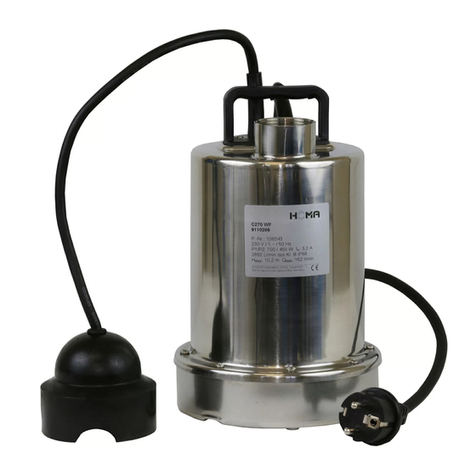
Homa
Homa Sensoflat C 270 WF Original instruction manual

Pearl
Pearl JCC Series Installation and operating instructions
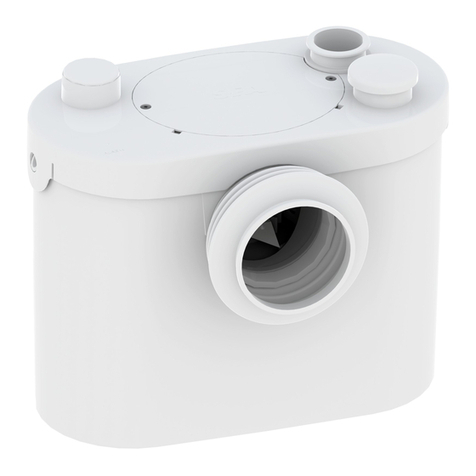
SFA
SFA SANITOP INSTALLATION AND CARE INSTRUCTIONS
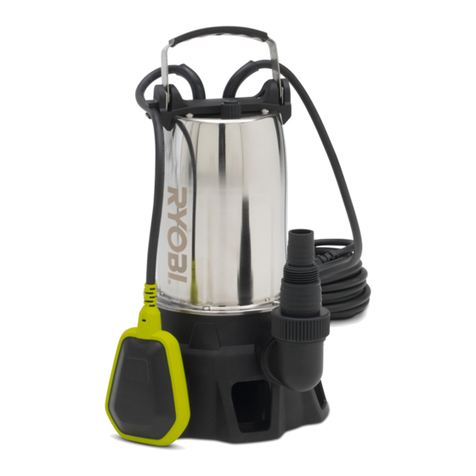
Ryobi
Ryobi RSSS750 Owner's operating manual

Bullard
Bullard EDP30 user manual

Bestway
Bestway P3142 owner's manual

Oase
Oase ProfiClear Premium Fleece 500 operating instructions

ITT Industries
ITT Industries FLYGHT 3153 Installation, Care and Maintenance
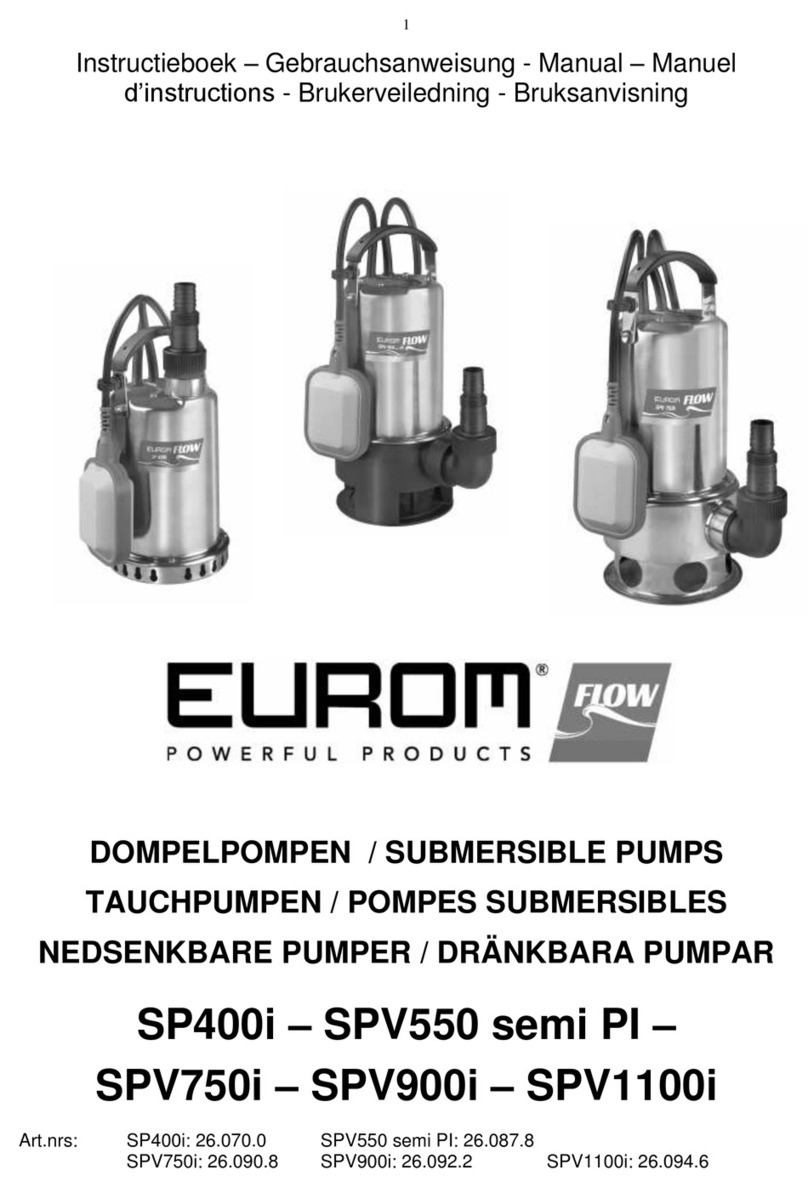
EUROM
EUROM SP400i manual

Test Equipment Depot
Test Equipment Depot NRP6Di user guide

Franklin Electric
Franklin Electric E Series owner's manual


